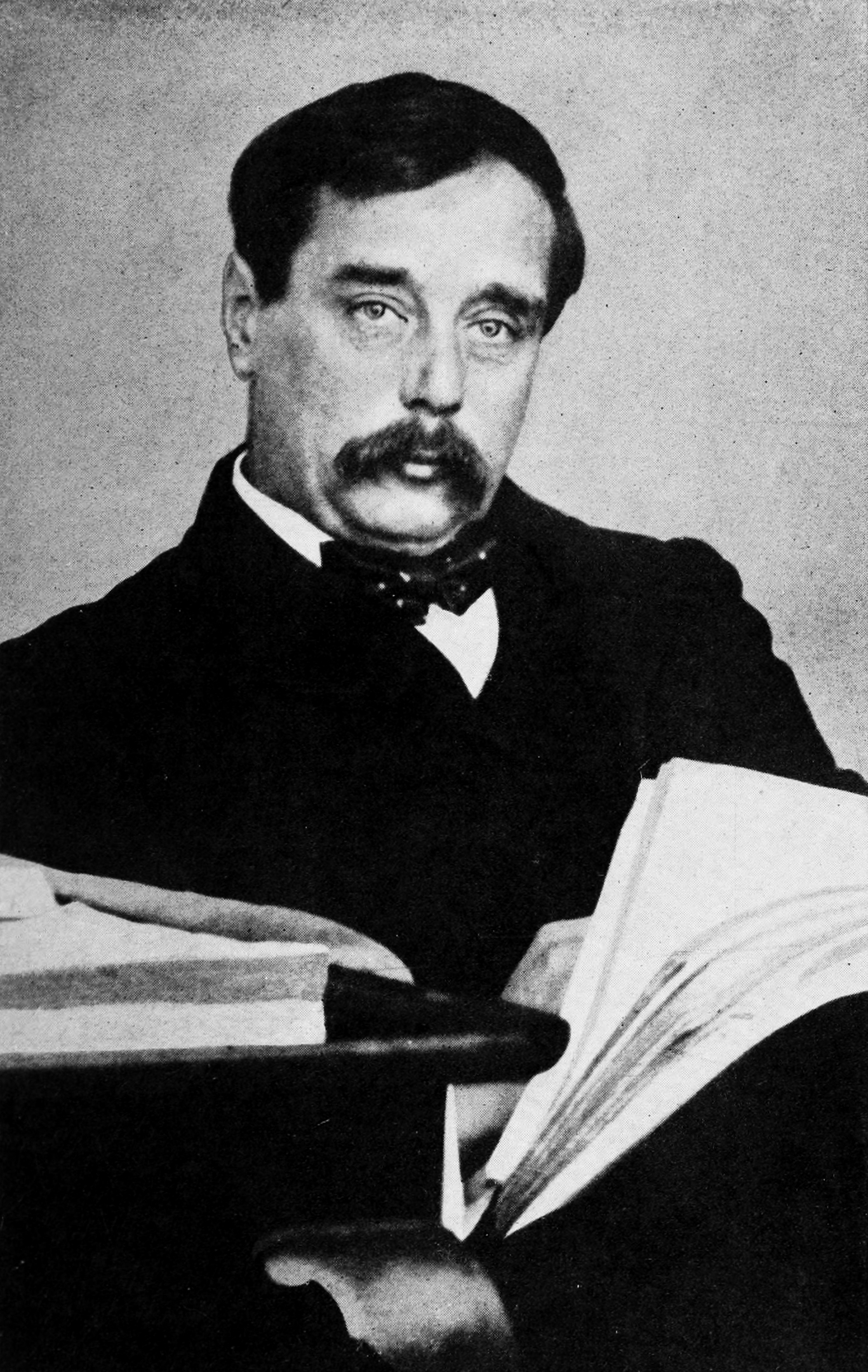“The Man of the Year Million” is a satire on far future forecasting written by the English author H. G. Wells (1866–1946). It was first published in The Pall Mall GazetteEvening newspaper launched in London in 1865, which introduced investigative journalism into British journalism, along with other innovations. on 6 November 1893, and subsequently reprinted in revised form in Certain Personal MattersCollection of 39 mainly humorous essays and articles by H. G. Wells, first published in 1897. (1897) under the title “Of a Book Unwritten”.[1] Told as an account of some unpublished research by Professor Holzkopf of Weissnichtwo University,[a]Holzkopf is the German for “blockhead”. Weissnichtwo can be translated from German as “dont-know-where”, and is a borrowing from Thomas Carlyle’s novel Sartor Resartus (1833–1834).[2] it argues that man is a creature of the brain, and that in time human evolution will respond to the increasing redundancy of external features, with only the brain remaining a “cardinal necessity”.
Synopsis
The narrator begins by reminding his readers of a quote allegedly from Ruskin: “it is not what man has been, but what he will be, that should interest us”. The bulk of the essay purports to be a review of an unwritten book by Professor Holzkopf on the evolution of the human race.
The professor argues that man “is a creature of the brain and, if he live at all, will live by his intelligence
rather than his muscles”:
Therefore external features such as ears, nose, and brow ridges will disappear, as will the digestive organs, as humans of the future will be able to immerse themselves in nutritive fluids, just as some crustaceans do. The only exception the professor makes is for the hand, as it is “the teacher and interpreter of the brain”.
In their new, almost embryonic form, humans will be able to survive the cooling of the Earth as plants and animals die, and with their ability to create food from rocks and sunlight will survive by living deeper and deeper in the Earth’s core to take advantage of the planet’s remaining heat.
Commentary

Wikimedia Commons
“The Man of the Year Million” is based on a speech Wells delivered in 1885. By attributing this speculation to Professor Holzkopf, it has been suggested that he attempts to distance himself from this discourse with “complete deniability”.[2]
Wells refers to this essay in his novel The War of the Worlds, mentioning a “certain speculative writer of quasi-scientific repute, writing long before the Martian invasion, who had forecast for man a final structure not unlike that of the Martians”.[3]
The idea of a species of human living underground reappears in Wells’s The Time Machine (1895), with the Morlocks.[3]
See also
- H. G. Wells bibliographyList of publications written by H. G. Wells during the more than fifty years of his literary career.
Notes
| a | Holzkopf is the German for “blockhead”. Weissnichtwo can be translated from German as “dont-know-where”, and is a borrowing from Thomas Carlyle’s novel Sartor Resartus (1833–1834).[2] |
|---|
References
Bibliography
External links
- Full text of “Of a Book Unwritten” at Project Gutenberg

